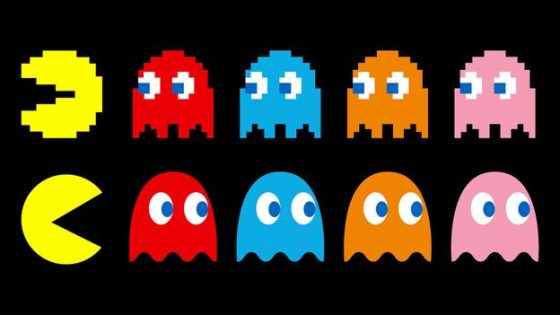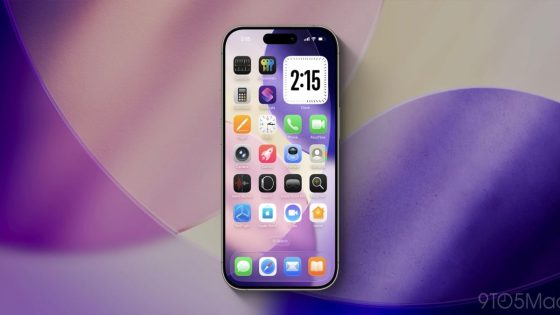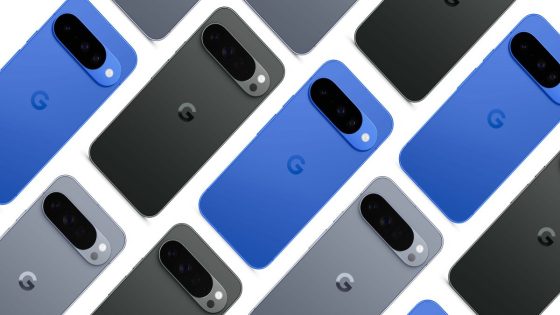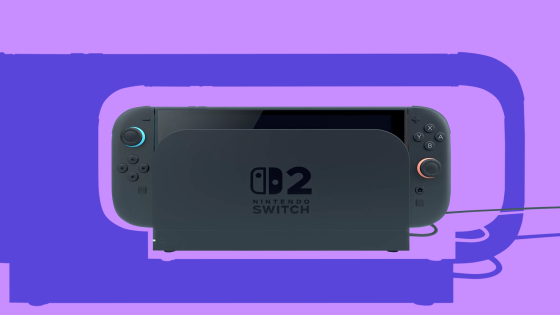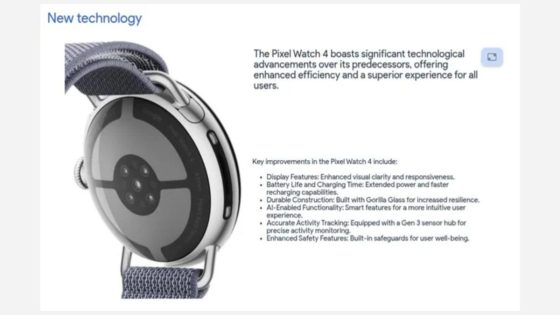Pac-Man, the iconic video game character, has become a global symbol of gaming culture. Designed to embody the simple act of ‘eating’, Pac-Man has captivated audiences since its debut in 1980. As Michiko Kumagai from Bandai Namco explains, the character’s universal appeal is akin to the McDonald’s arches, making it instantly recognizable worldwide.
- Pac-Man symbolizes the concept of eating.
- Originally named PuckMan in Japan.
- Generated an estimated $14bn in revenue.
- Featured in films like Wreck-It Ralph.
- Gameplay is simple yet difficult to master.
- Thousands of Pac-Man tournaments hosted worldwide.
Originally named PuckMan in Japan, Pac-Man has transformed into the most successful arcade game of all time, generating an estimated $14 billion in revenue. The franchise’s enduring popularity is evident, with recent releases like Shadow Labyrinth and appearances in films such as Wreck-It Ralph. As of 2025-08-05 13:52:00, Pac-Man continues to influence both gamers and pop culture.
This raises an interesting question: why does a game from the 80s still resonate today? The simplicity of Pac-Man’s gameplay allows players of all ages to engage, while its complexity offers depth for those seeking mastery. Consider these points:
- Pac-Man’s design encourages strategic thinking and problem-solving.
- The character’s cultural relevance bridges generations, appealing to both nostalgic players and newcomers.
- Its continued success highlights the importance of innovation in game design.
As we look to the future, how will iconic characters like Pac-Man continue to evolve? Engaging with such timeless franchises may inspire the next wave of gaming innovation.



